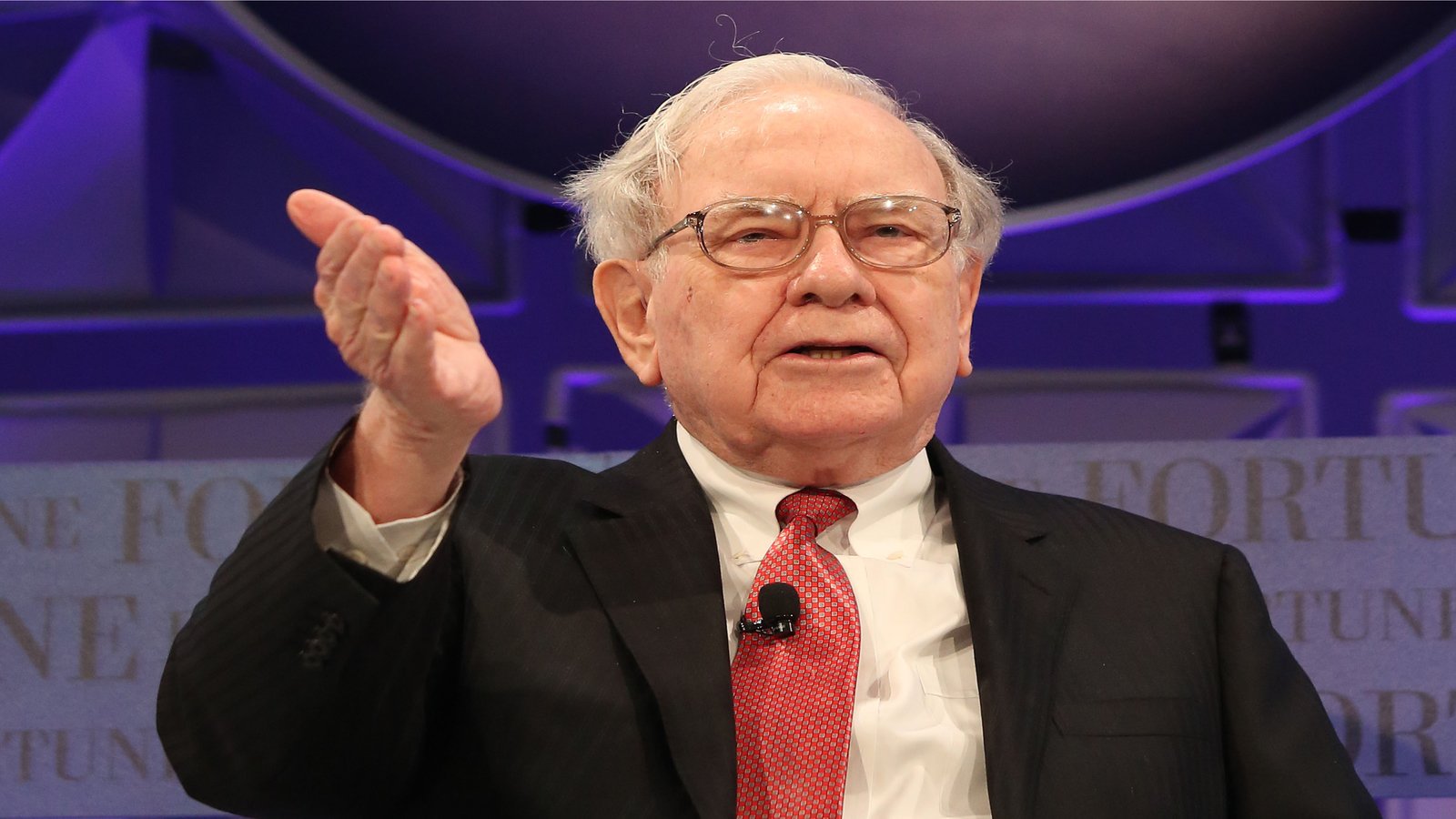
After Charlie Munger’s passing, investors began increasing speculation about Warren Buffett and Berkshire Hathaway’s (NYSE:BRK-A, NYSE:BRK-B) succession plan. Buffett’s top two protégés are reported to be increasingly contributing to Berkshire’s investment execution, but their specific investment strategies or moves tend to be concealed within Berkshire’s more comprehensive reporting; i.e., there’s no annotation within any SEC filings stating which investment officer executed which trade.
Still, we can look to history for hints about which trades made them rich beyond Berkshire. Doing so can reveal which sectors, trade multiples, and risk tolerance each prefers. Likewise, this could reveal one of the many directions Berkshire could take in the near future.
Wells Fargo (WFC)

Todd Combs is a man of many talents — a former hedge fund manager, current GEICO CEO, and one of Berkshire’s most trusted investment managers. He’s also one of two candidates positioned among analysts’ top picks to replace Warren Buffett. Given his background, it’s little surprise that Combs loved financial service stocks and all the “boring but big” companies Buffett tends to favor. And Combs loves few financial stocks as much as he does Wells Fargo (NYSE:WFC). He’s been buying the stock since 2010 and likely made a tidy sum on the investment in the meantime.
Wells Fargo is shaking up as we speak and just appointed former JP Morgan Chase (NYSE:JPM) exec Fernando Rivas as co-CEO of its investment banking arm (Combs is also a board member for JP Morgan). Wells Fargo’s performance is already stellar, having returned 25% since January and more than 50% over the past year. Hence, Combs’ conviction and continued optimization at Wells Fargo points to big things ahead for the stock favored by this Warren Buffett protégé.
Cogent Communications (CCOI)

Ted Weschler is the other potential heir apparent to Warren Buffett’s current position. Among other notable achievements, most know him for whopping gains in his personal retirement account generated solely through publicly traded company investing. That strategy is opposed to Peter Thiel, who took advantage of insider access to PayPal (NASDAQ:PYPL) to turn stock options worth pennies into billions.
One of Weschler’s biggest wins was an investment in Cogent Communications (NASDAQ:CCOI), one of the earlier internet consumer service providers in the US. In the 2010s, he turned a $159,000 investment into more than $51 million in just eight years. This shows two of Weschler’s investment traits: his willingness to take risks on emerging trends (buying Internet stocks in the 2003 post-Dot Com era) and his skill in double-downing down when the investment turns in his favor.
There’s definitely a difference between Cogent Communications and Wells Fargo. Depending on which of the two gets the top spot (if either), Berkshire’s trajectory could vary considerably.
Daily Journal Corporation (DJCO)

If you’re nervous about its future and want to “diversify” into a more Berkshire-esque company before Buffett departs his role, you can always buy into Daily Journal Corporation (NASDAQ:DJCO). Charlie Munger, Buffett’s former second-in-command, founded and formerly owned it. He structured similarly to Berkshire. Today, the conglomerate owns and invests similarly to Berkshire’s best “value first” days.
Daily Journal’s top four holdings, endorsed by Munger, include Wells Fargo, Bank of America (NYSE:BAC), Alibaba (NYSE:BABA) and US Bancorp (NYSE:USB). The company’s shares have surged nearly 40% over the past year. In contrast, Berkshire Hathaway has seen a return of 25% during the same period, suggesting Munger’s approach may be more attuned to value-driven economic conditions than Warren Buffett’s. At the same time, it’s a great way to honor Charlie Munger’s legacy while acknowledging the strengths of the value-centric investing strategy across history.
On the date of publication, Jeremy Flint held no positions in the securities mentioned. The opinions expressed in this article are those of the writer, subject to the InvestorPlace.com Publishing Guidelines.






